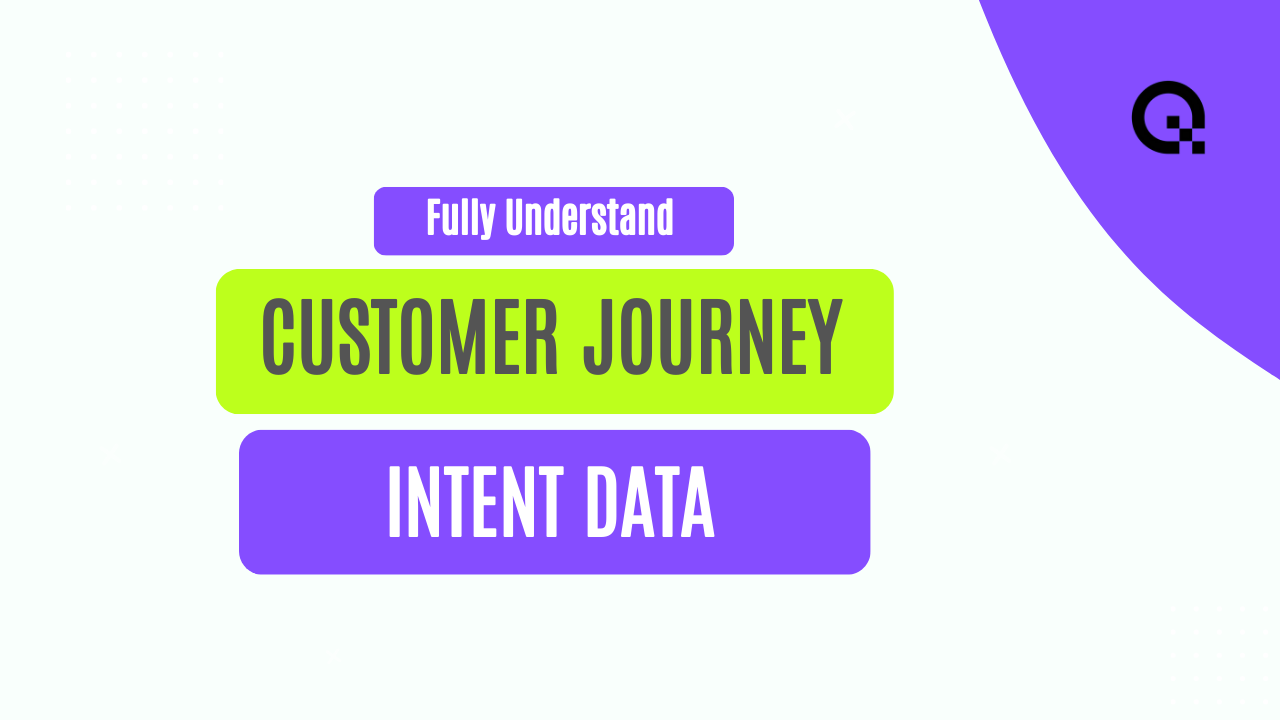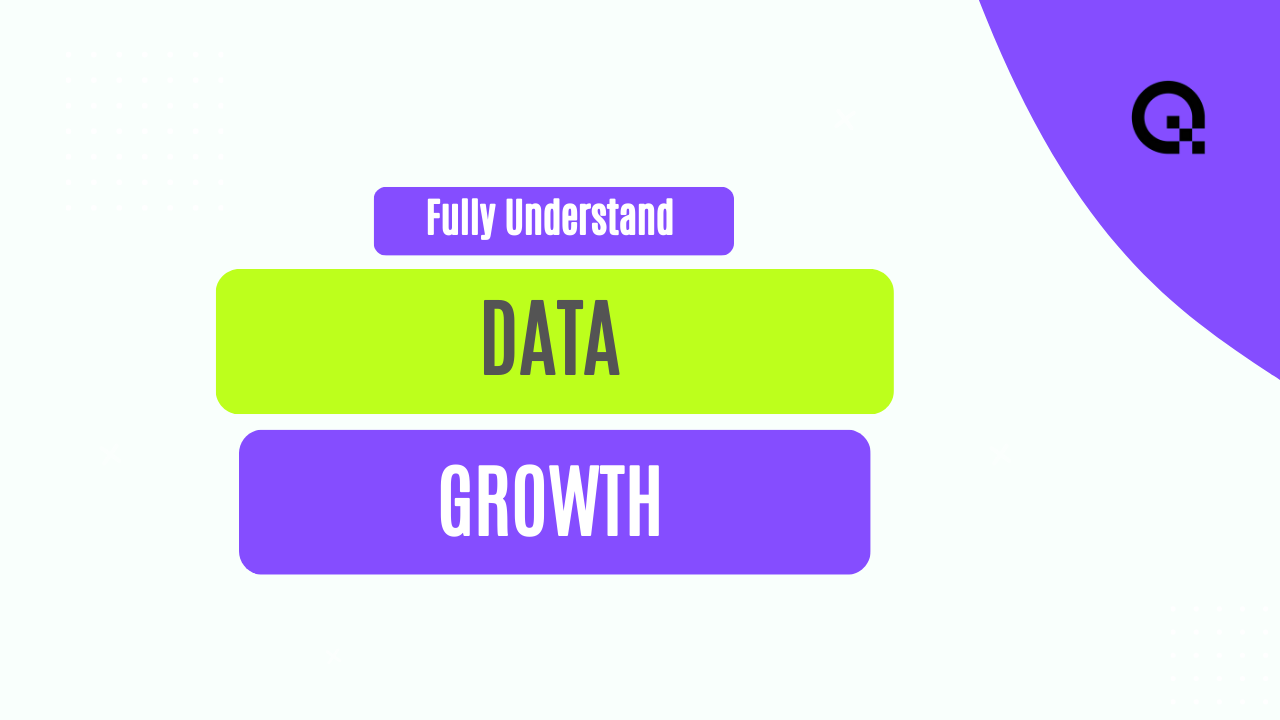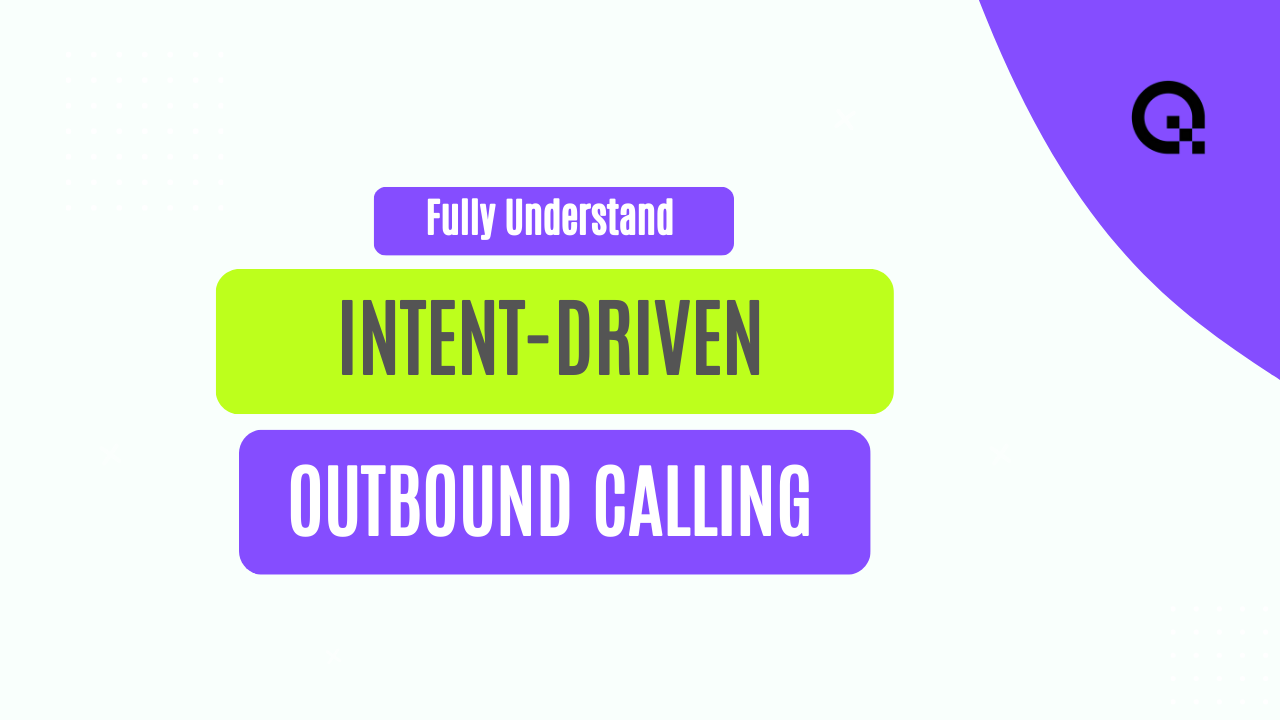The Ultimate Guide to Customer Journey Mapping with Intent Data
In today's competitive business landscape, understanding your customers and their journey is crucial for success. Customer journey mapping is a powerful tool that allows businesses to visualize and analyze the entire customer experience, from initial contact to conversion and beyond. By incorporating intent data into the process, companies can gain deeper insights into customer behavior and preferences, enabling them to create more personalized and targeted marketing strategies.
What is Customer Journey Mapping?
Customer journey mapping is the process of creating a visual representation of the steps a customer takes when interacting with a company. It helps businesses understand the touchpoints and interactions that customers have with their brand, allowing them to identify pain points, opportunities for improvement, and moments of delight.
By mapping out the customer journey, companies can gain a holistic view of the customer experience and make informed decisions about how to optimize each touchpoint for maximum impact. This strategic approach enables businesses to align their marketing, sales, and customer service efforts to deliver a seamless and cohesive experience across all channels.
The Benefits of Customer Journey Mapping
Customer journey mapping offers a wide range of benefits for businesses looking to improve their customer experience and drive growth. Some of the key advantages include:
1. Enhanced Customer Understanding: By mapping out the customer journey, businesses can gain a deeper understanding of their customers' needs, preferences, and pain points. This insight allows companies to tailor their products and services to better meet customer expectations.
2. Improved Customer Engagement: Customer journey mapping helps businesses identify opportunities to engage with customers at key touchpoints. By delivering personalized and relevant content, companies can increase customer engagement and build stronger relationships with their audience.
3. Increased Conversion Rates: By optimizing the customer journey for a seamless experience, businesses can improve conversion rates and drive more sales. Understanding the customer's path to purchase allows companies to remove obstacles and friction points that may prevent customers from completing a transaction.
Integrating Intent Data into Customer Journey Mapping
Intent data provides valuable insights into the interests and behavior of potential customers, allowing businesses to identify individuals who are actively researching products or services. By integrating intent data into the customer journey mapping process, companies can:
1. Identify High-Intent Prospects: Intent data helps businesses identify prospects who are in the market for their products or services. By targeting these high-intent individuals with personalized messaging, companies can increase the likelihood of conversion.
2. Personalize Marketing Campaigns: By leveraging intent data, businesses can create highly targeted and personalized marketing campaigns that resonate with the individual needs and preferences of potential customers. This level of personalization can significantly improve campaign performance and ROI.
3. Optimize Customer Touchpoints: Intent data allows companies to understand where prospects are in the buying journey and tailor their interactions accordingly. By delivering the right message at the right time, businesses can create a more seamless and relevant customer experience.
Best Practices for Customer Journey Mapping with Intent Data
When incorporating intent data into customer journey mapping, it's essential to follow best practices to ensure success. Some key tips include:
1. Define Your Objectives: Clearly outline your goals and objectives for customer journey mapping with intent data. Identify the key metrics you want to track and the outcomes you hope to achieve.
2. Collect and Analyze Data: Gather relevant intent data from various sources, such as website analytics, social media monitoring, and third-party data providers. Analyze this data to identify patterns and trends that can inform your customer journey mapping strategy.
3. Create Detailed Customer Personas: Develop detailed customer personas based on the insights derived from intent data. Understand the needs, preferences, and behaviors of your target audience to create more personalized and effective marketing campaigns.
4. Map Out the Customer Journey: Create a visual representation of the customer journey, incorporating touchpoints where intent data can be leveraged to enhance the customer experience. Identify key moments of interaction and opportunities for engagement.
5. Test and Iterate: Continuously monitor and optimize your customer journey mapping strategy based on real-time data and feedback. Test different approaches and messaging to see what resonates best with your audience.
By following these best practices and leveraging intent data effectively, businesses can create a customer journey mapping strategy that drives engagement, conversions, and loyalty. Customer journey mapping with intent data is a powerful tool for businesses looking to deliver personalized and impactful experiences that resonate with their target audience.



